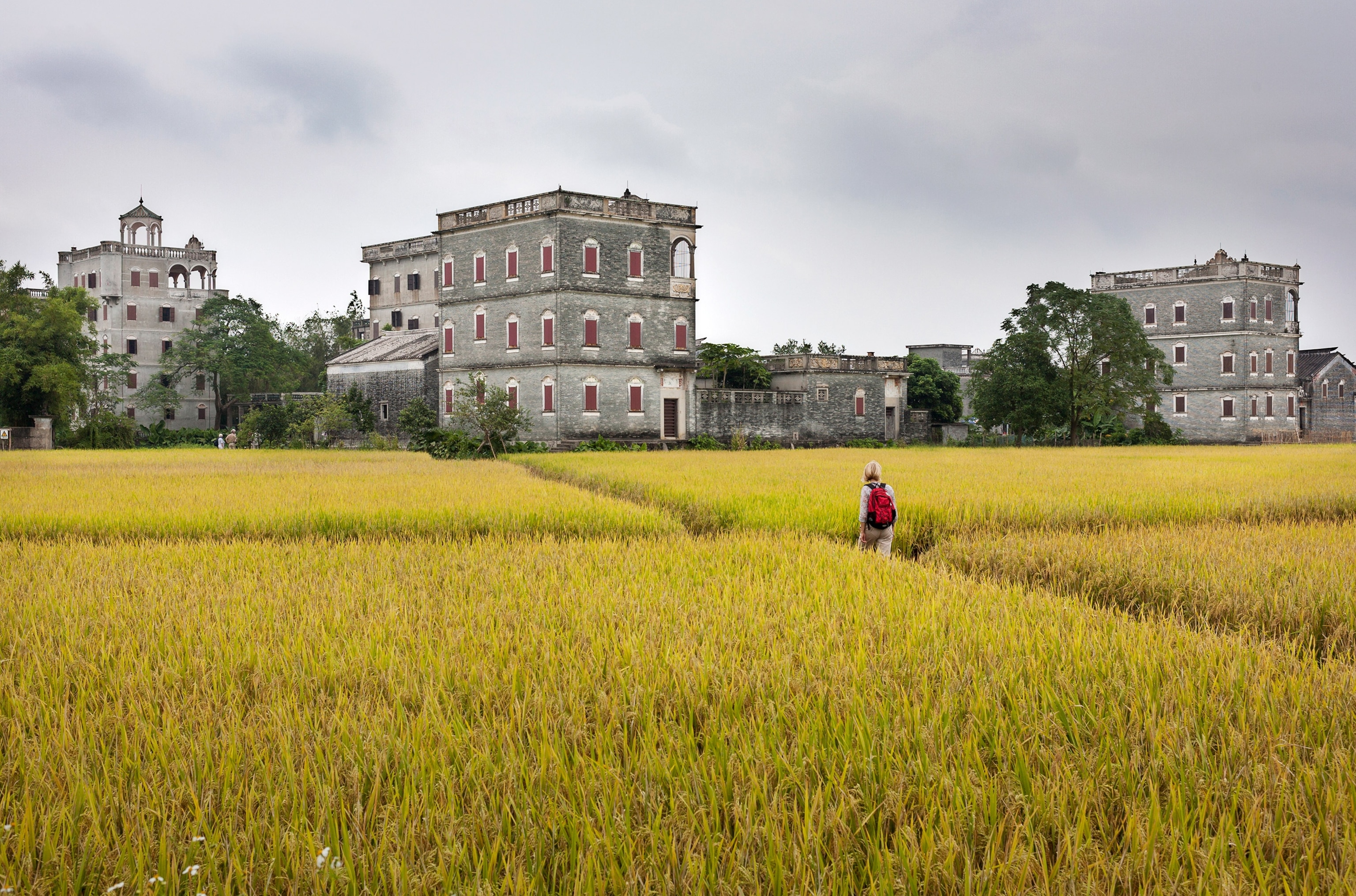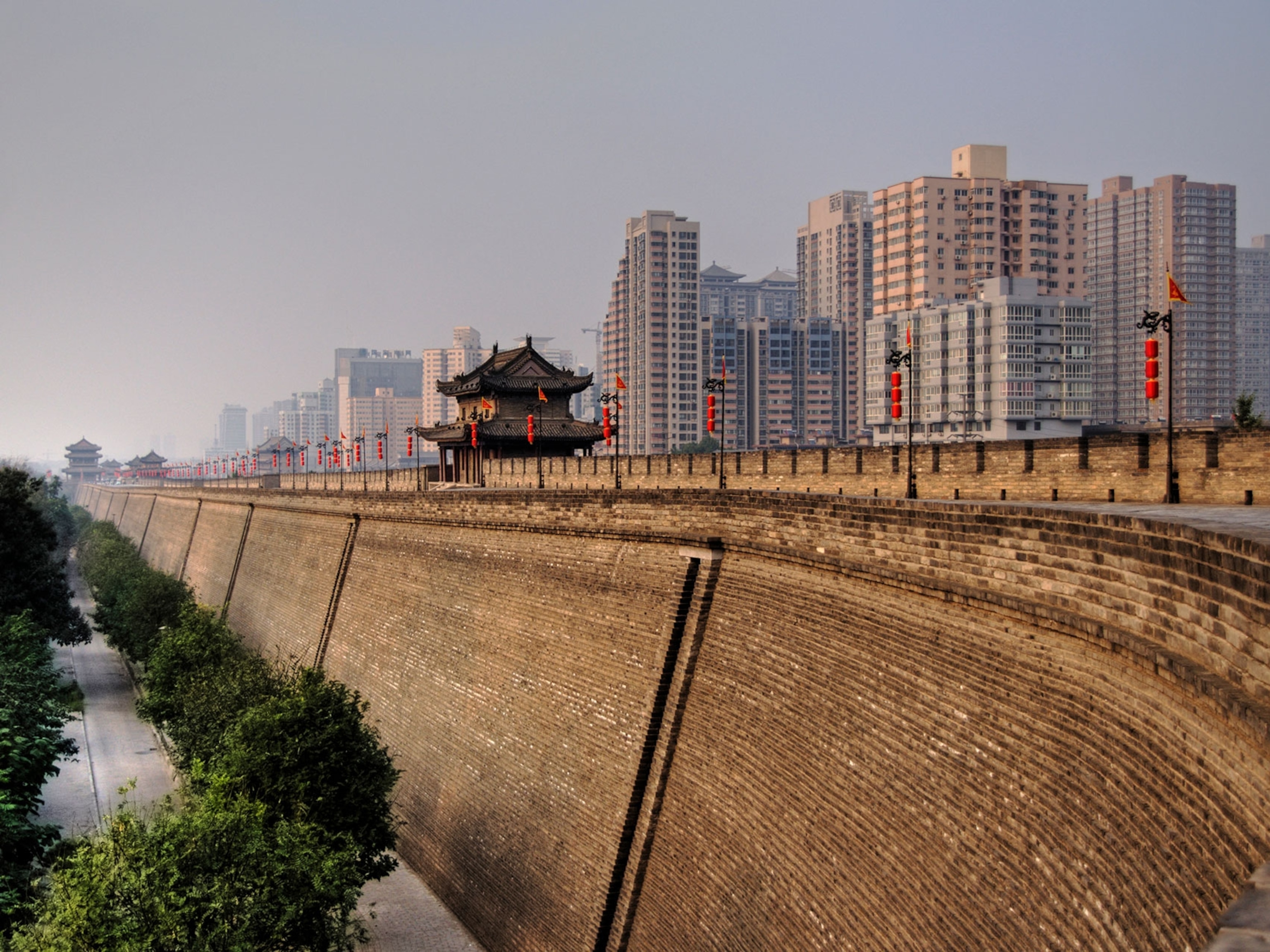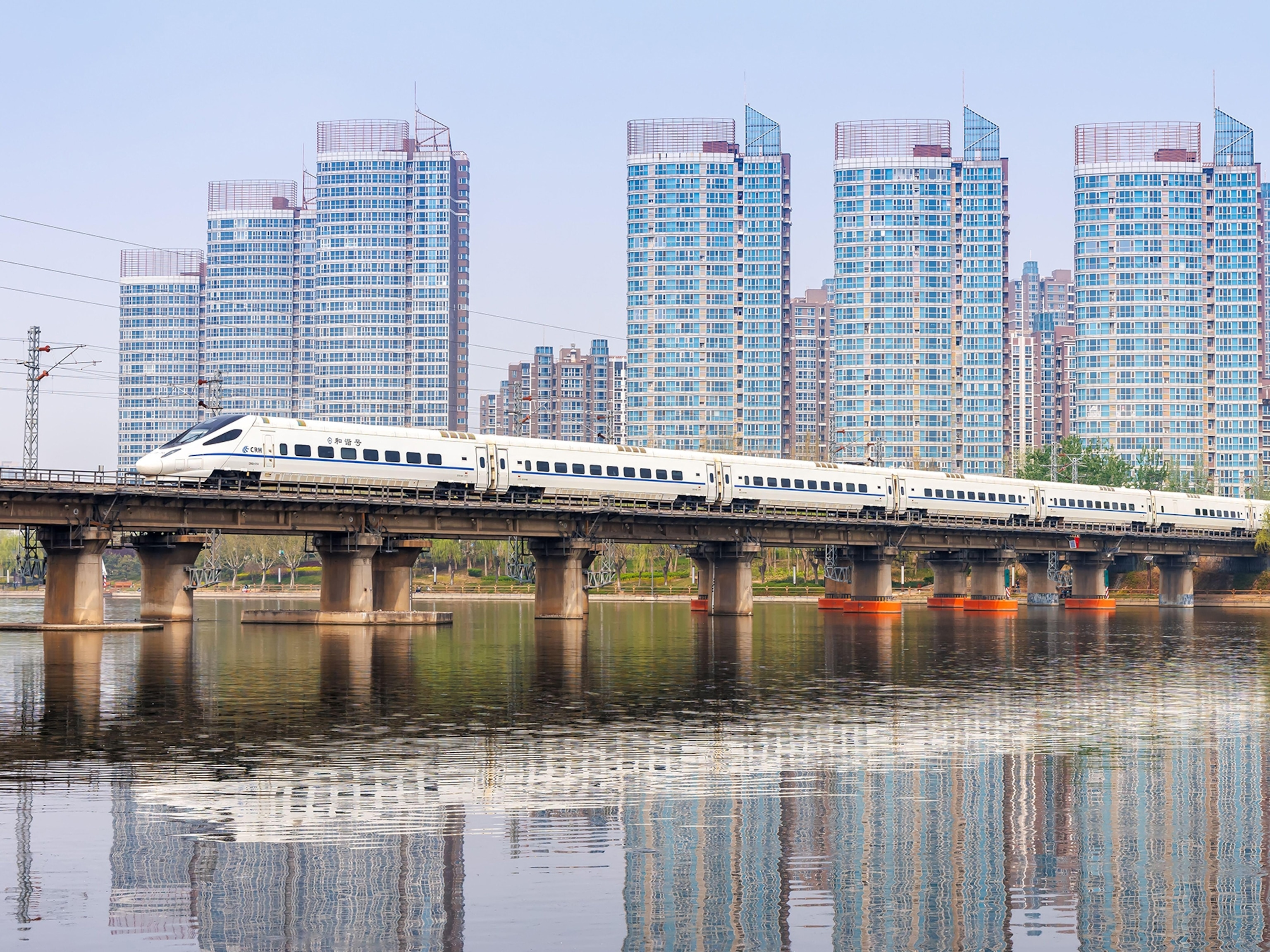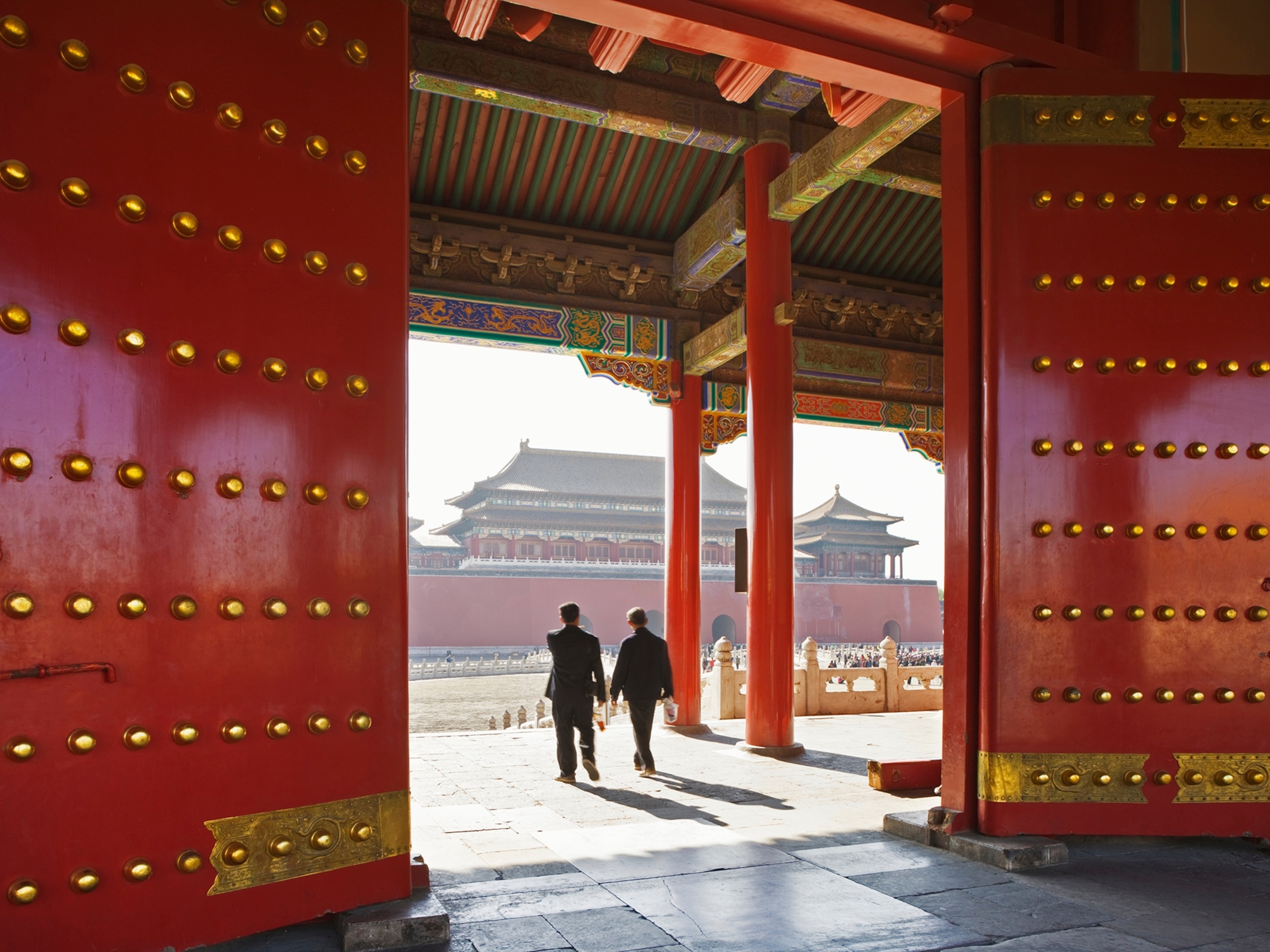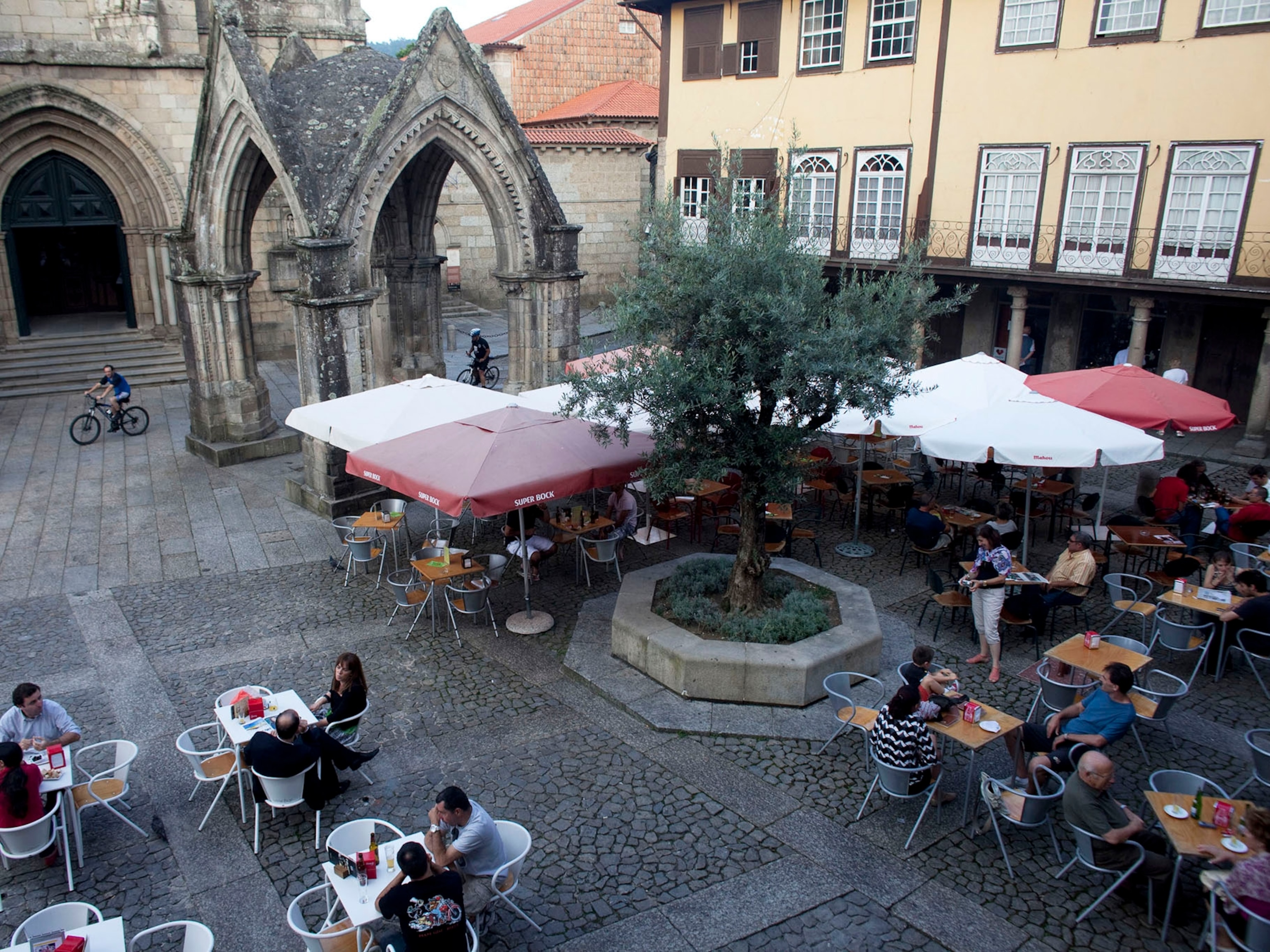See China’s Iconic Great Wall From Above
This is one of the world’s greatest feats of engineering.
China’s iconic Great Wall, actually a network of fortifications rather than a single structure, is the product of countless labors over a period of some two thousand years. Qin Shi Huang took the remnants of truly ancient fortifications, walls, and earthworks begun in the fifth century B.C. and linked them into a unified wall circa 220 B.C. as part of a massive project to protect China against marauding barbarians from the north.
By the time construction on most of the stone-and-brick Great Wall, with its turrets and watchtowers, was completed during the Ming dynasty (1368-1644) the chang cheng had become the world’s largest human-made object.
A recent government mapping project revealed that the entire Great Wall structure spans some 5,500 miles (8,850 kilometers) from the Korean border west into the Gobi desert. Of that total 3,889 miles (6,259 kilometers) were actual wall, while 223 miles (359 kilometers) were trenches and (1,387 miles) 2,232 kilometers were natural defensive barriers, like rivers or steep hills, incorporated into the system.
(Alashan Plateau—China's Unknown Gobi)
Though new sections of the wall have recently been uncovered, several sections of the structure have vanished during the past half century or so. Mao Zedong himself encouraged destruction of parts of the wall and reuse of its materials in the 1950s, and rural farmers still make use of the wall’s earth and stone for practical purposes.
Some 50 percent of the original ancient structure has already disappeared, and perhaps another 30 percent lies crumbling into ruins—even as Chinese and international organizations struggle to preserve what remains of this unique treasure.
How to Get There
tourists explore the wall from Beijing. The most popular section (Badaling) is 42 miles (70 kilometers) from the city. This section boasts impressive views, and with crowds come all the modern trappings of development. Those seeking less popular or unrestored sections of the wall have many suitable choices within easy driving distance of Beijing.
When to Go
The wall has endured centuries of seasons and remains ready to host visitors year round. The Beijing region has icy winters, but the hardy will find far fewer crowds than during the peak summer seasons. Autumn is often delightful near Beijing with mild weather (43° to 64°F/6° to 18°C) and reduced tourist crowds. Wind and dust can be common in springtime. China is a nation of festivals, so consider timing a visit to coincide with a celebration in the shadows of the wall.
- National Geographic Expeditions
How to Visit
As is appropriate for a monument so massive, there are many ways to visit the wall. Some visitors aspire to admire the views from popular tourist sections, pose for pictures, walk the wall, and take advantage of amenities from restaurants and shops to cable car rides. Others choose to explore rugged sections of the structure on extended hikes and climbs of unrestored “wild wall” sections, though these can be dangerous and are often located in rural areas well off the typical tourist path.


















